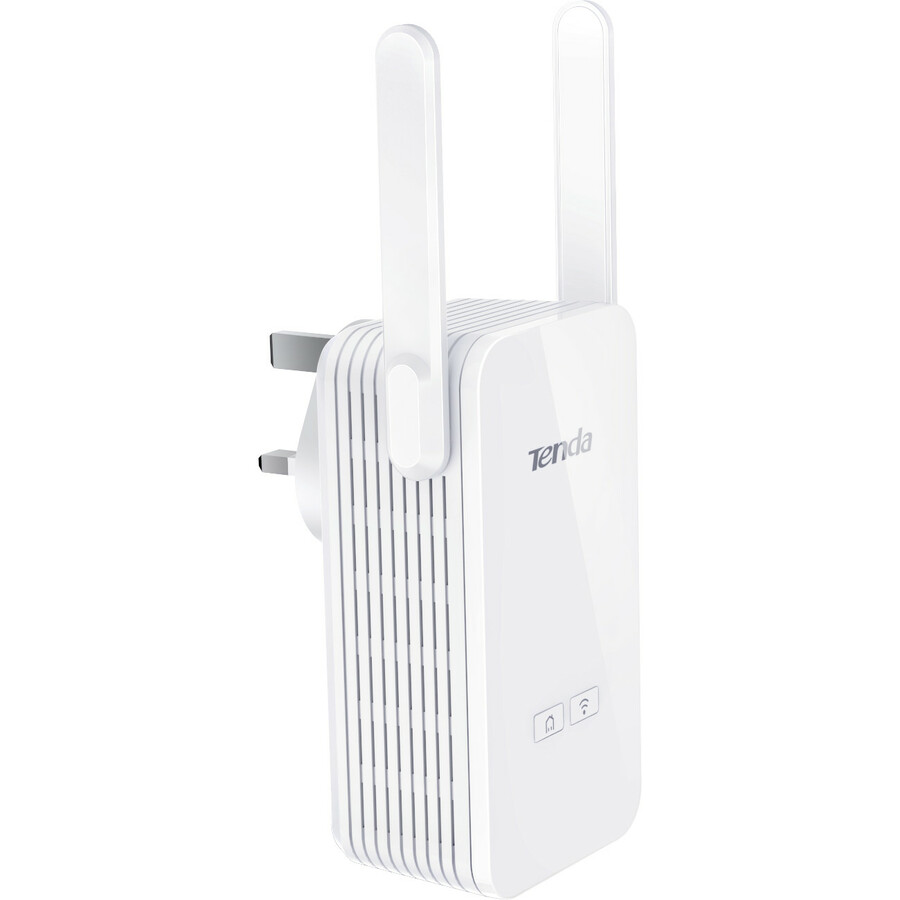

For a few years, powerline adapters fell out of favor, and it seemed like they might disappear altogether. Some worked very well, while others were buggy, or offered only very slow connections. Unfortunately, there were several standards, and manufacturers couldn’t agree on any one of them. This technology was first developed in 2001, and caught on quickly. You simply plug them into a pair of outlets, connect Ethernet cables on both ends, and you’re ready to go. They work by using your home’s electrical wiring to transmit an internet signal. Powerline adapters will extend your local network to any room with a power outlet. A powerline network adapter can oftentimes be a more elegant solution. For instance, your landlord may flat-out refuse to let you drill through masonry to run a cable. But this can be expensive, and may not always be practical. To be fair, you could always run an Ethernet cable to these trouble spots. This can pose challenges for businesses and families who want to cover an entire building. Similarly, offices can have metal construction and brick walls that can obstruct your signal. For instance, many older homes have interior brick or stone walls that are death to wireless signals. But there are situations where that isn’t practical. A good mesh system can even cover most office buildings. Modern wireless routers provide good coverage over most homes.


 0 kommentar(er)
0 kommentar(er)
